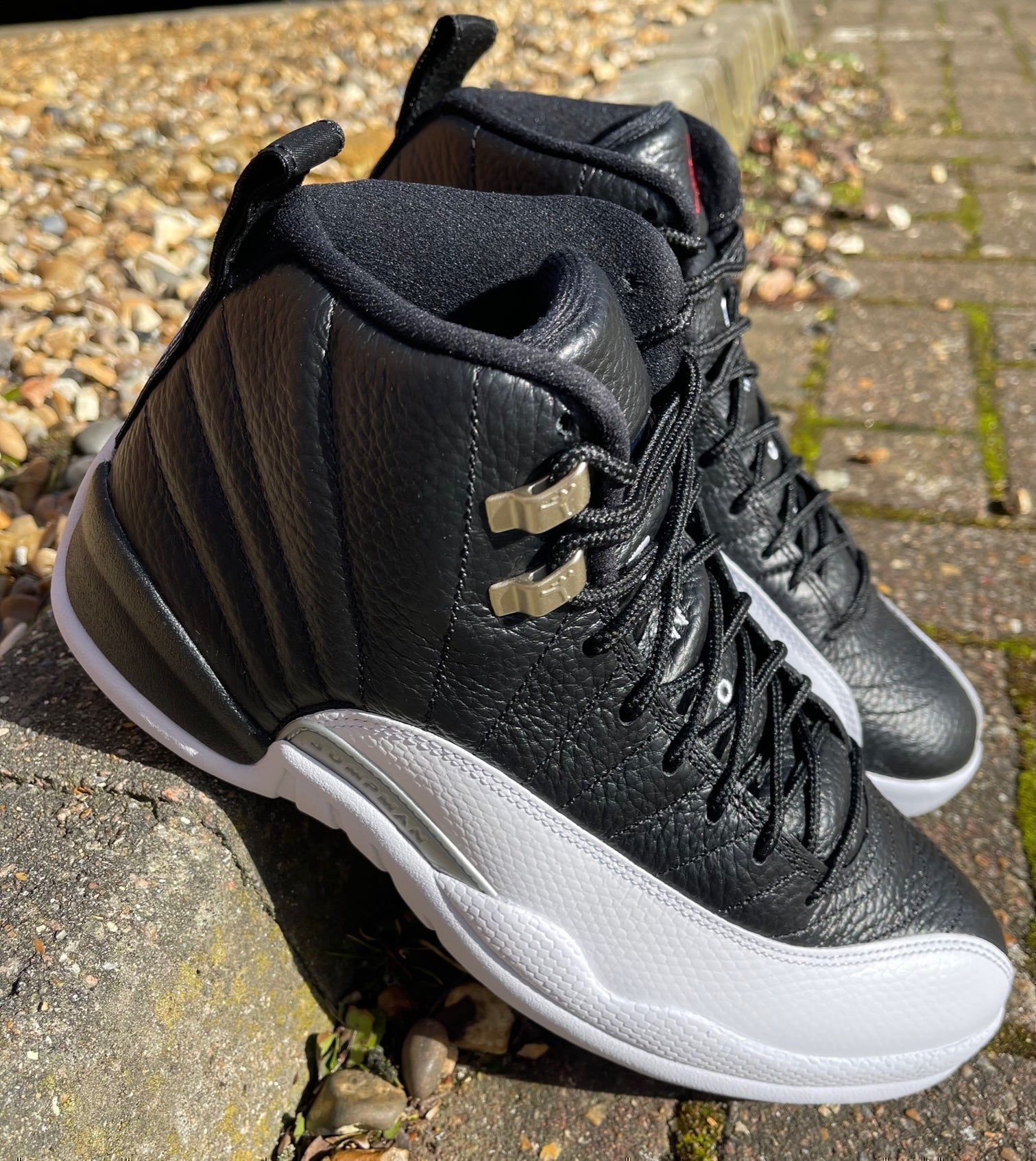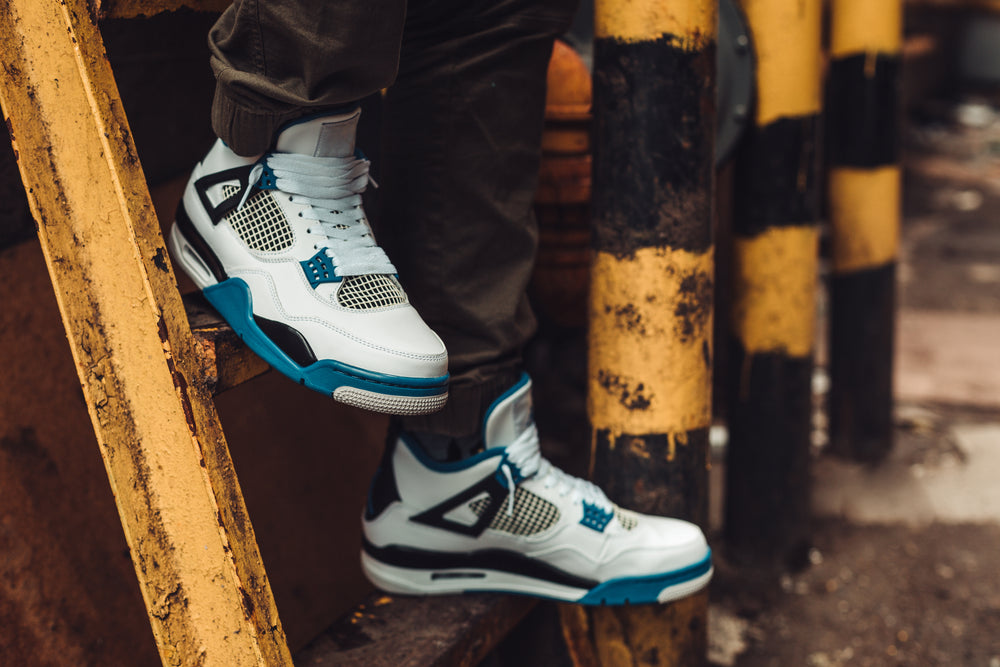Can a shoe be so good that it creates an unfair advantage that forces it to be banned?
Typically, when a shoe is banned from a sport, it is for sponsorship reasons or because the shoe was caught up in an arbitary rule, rather than for competition reasons.
One of the most expensive pairs of rare Jordans for sale, the infamous “Banned” Jordan 1s, was caught up in the NBA’s infamous “51 per cent rule” and other shoes have fallen foul of similar restrictions as well.
However, only last year, Nike made a shoe that is so good, wearing them has been described as “a form of mechanical doping” which has shaken the athletic world.
Here is the story of the Nike Vaporfly: a shoe that was so fast it changed how we view running forever and led to a rules change at the highest levels of the sport.
Taking Vaporflight
Nike have constantly innovated when it comes to sports shoes and sneakers right down to the very first “waffle sole” shoes the company produced. But in 2017 it took this development a step further, and in the opinion of some athletes, a step too far.
The Vaporfly range first launched in 2017 and was essentially a combination of all of the shoe technologies the company had developed over the last few years, available as a road running shoe as well as a track spike.
It had a huge sole made up of ZoomX foam to absorbing energy with a wide profile meant for running, it used VaporWeave technology that was exceptionally lightweight, and it also featured a carbon fibre plate running all the way through the sole.
All of these technologies had been used before, however in combination they had an astonishing effect on performance. Essentially they acted like shock absorbers in a car, which springs back and helps improve a runner’s stride, making them run faster using less energy.
Unlike many advertising claims, this was actually true, but it caused great controversy.
Technology Doping Allegations
On 16th September, 2018, Eluid Kipchoge won the Berlin Marathon by a considerable distance, and his finishing time of 2:01:39 set a new world record for the 26 mile running event by well over a minute (76 seconds faster than the 2:02:57 set four years prior).
A year later, he broke his own record unofficially at the Vienna Marathon by running a sub-two-hour marathon for the first time in history, at 1:59:40, although because this was not an open event and various runners acted as a windshield this is not the official world record.
These times immediately raised some suspicions as the time had not been lowered by such a considerable margin since Derek Clayton won the Fukuoka Marathon in 1967, and all eyes immediately turned to Kipchoge’s feet.
Kipchoge was sponsored by Nike, and as a result was wearing a prototype version of the Vaporfly shoes, known as Alphaflys, and given that so many of highest placing runners were also wearing the springy shoe, accusations of technology doping were thrown.
Technology doping is where a piece of clothing or footwear is deemed to give an unfair advantage to a competitor in the same way performance enhancing substances would.
As a result, World Athletics banned the prototype shoes but also devised rules that would allow the VaporFlys to be used providing they had been available for four months, had a sole thinner than 4cm and only had one embedded plate outside of track shoes to allow spikes to be fitted.
It is incredible that a shoe could be so fast it completely changes the rules of a sport that has remained largely the same since Ancient Greece.
Typically, when a shoe is banned from a sport, it is for sponsorship reasons or because the shoe was caught up in an arbitary rule, rather than for competition reasons.
One of the most expensive pairs of rare Jordans for sale, the infamous “Banned” Jordan 1s, was caught up in the NBA’s infamous “51 per cent rule” and other shoes have fallen foul of similar restrictions as well.
However, only last year, Nike made a shoe that is so good, wearing them has been described as “a form of mechanical doping” which has shaken the athletic world.
Here is the story of the Nike Vaporfly: a shoe that was so fast it changed how we view running forever and led to a rules change at the highest levels of the sport.
Taking Vaporflight
Nike have constantly innovated when it comes to sports shoes and sneakers right down to the very first “waffle sole” shoes the company produced. But in 2017 it took this development a step further, and in the opinion of some athletes, a step too far.
The Vaporfly range first launched in 2017 and was essentially a combination of all of the shoe technologies the company had developed over the last few years, available as a road running shoe as well as a track spike.
It had a huge sole made up of ZoomX foam to absorbing energy with a wide profile meant for running, it used VaporWeave technology that was exceptionally lightweight, and it also featured a carbon fibre plate running all the way through the sole.
All of these technologies had been used before, however in combination they had an astonishing effect on performance. Essentially they acted like shock absorbers in a car, which springs back and helps improve a runner’s stride, making them run faster using less energy.
Unlike many advertising claims, this was actually true, but it caused great controversy.
Technology Doping Allegations
On 16th September, 2018, Eluid Kipchoge won the Berlin Marathon by a considerable distance, and his finishing time of 2:01:39 set a new world record for the 26 mile running event by well over a minute (76 seconds faster than the 2:02:57 set four years prior).
A year later, he broke his own record unofficially at the Vienna Marathon by running a sub-two-hour marathon for the first time in history, at 1:59:40, although because this was not an open event and various runners acted as a windshield this is not the official world record.
These times immediately raised some suspicions as the time had not been lowered by such a considerable margin since Derek Clayton won the Fukuoka Marathon in 1967, and all eyes immediately turned to Kipchoge’s feet.
Kipchoge was sponsored by Nike, and as a result was wearing a prototype version of the Vaporfly shoes, known as Alphaflys, and given that so many of highest placing runners were also wearing the springy shoe, accusations of technology doping were thrown.
Technology doping is where a piece of clothing or footwear is deemed to give an unfair advantage to a competitor in the same way performance enhancing substances would.
As a result, World Athletics banned the prototype shoes but also devised rules that would allow the VaporFlys to be used providing they had been available for four months, had a sole thinner than 4cm and only had one embedded plate outside of track shoes to allow spikes to be fitted.
It is incredible that a shoe could be so fast it completely changes the rules of a sport that has remained largely the same since Ancient Greece.














Leave a comment